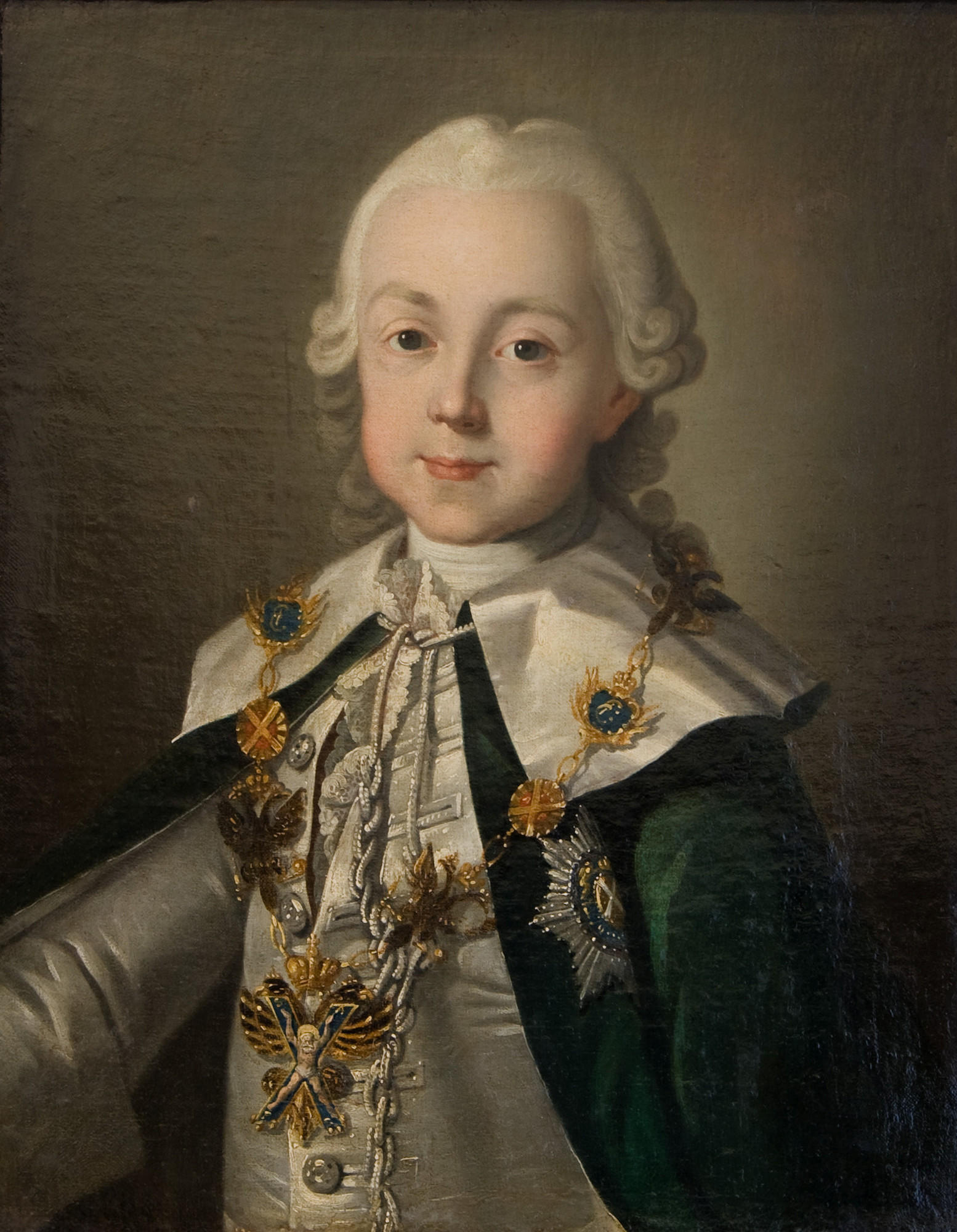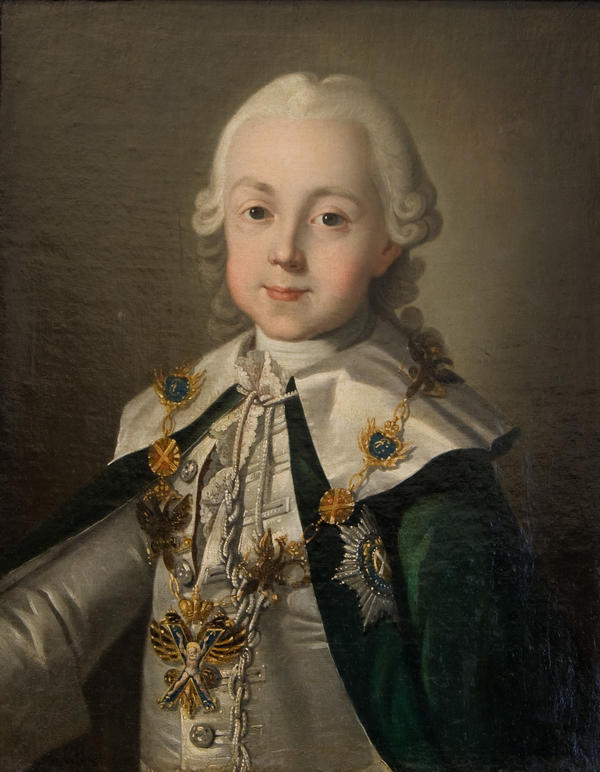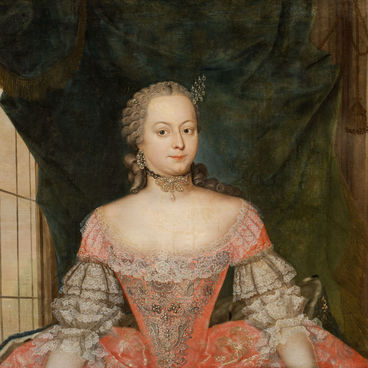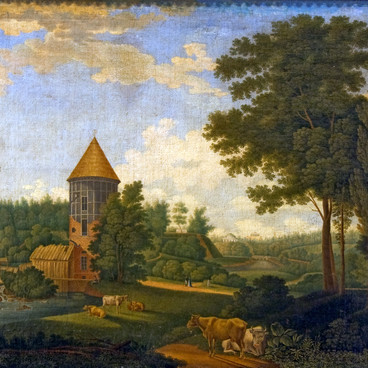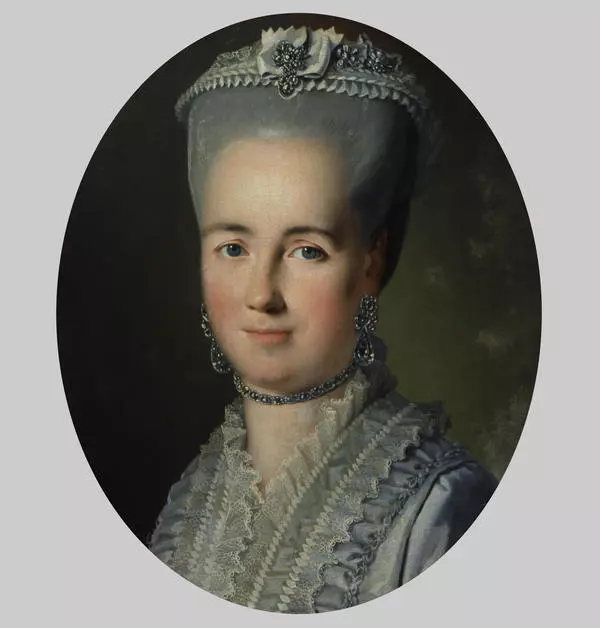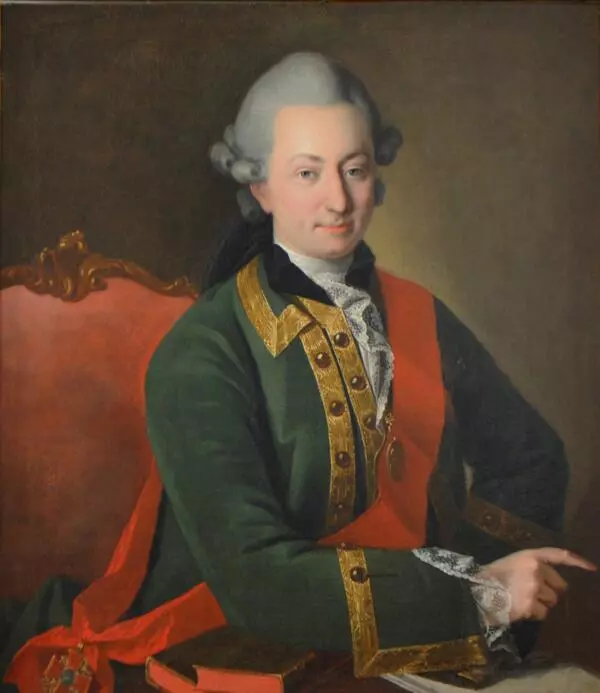Carl Ludwig Christineck painted the portrait of Crown Prince Pavel Petrovich in 1760s.
Portrait of Crown Prince Pavel
Creation period
1760’s
Dimensions
58x45 cm
Technique
Canvas, oil
Collection
Exhibition
9
Open in app#1
Carl Ludwig Christineck
Portrait of Crown Prince Pavel
#2
#3
This is a portrait of future Emperor Pavel I at the age of six. According to the tradition of the 18th century, the child was portrayed as a small adult: the artist carefully painted the details of the vestments of Pavel I. The prince is dressed in a costume that complements the Order of St. Andrew the First-Called which was awarded to the future Tsar at birth in 1754. Holy Apostle Andrew the First-Called was considered the patron saint of the Russian Empire. The order in his honor was established by Emperor Peter the Great in 1698.
#4
The order was a silver eight-pointed star bearing the inscription For Faith and Fidelity. It was to be worn on the left side of the chest above all other decorations. On his neck, the young Crown Prince is wearing a cross on a golden ornamental chain, another sign of the order. The cross was worn on a chain on solemn occasions. In ordinary life, it was worn on a wide blue moire ribbon hoisted over the right shoulder.
#5
Emperor Pavel I was the son of Catherine II and Peter III. The boy had a deprived childhood. Since his infancy, the future emperor was separated from his mother at the behest of Empress Elizabeth Petrovna. When the prince was eight years old, a coup d’état occurred, and his father was killed. Pavel I ascended the throne late, putting on the royal crown at the age of 42.
#6
Pavel I forbade to separate serf families by sale and abolished gavel work on Sundays and holidays. Under him, censorship was strengthened and new rules were established for the Russian army. The emperor was known as an eccentric ruler, and his innovations were rejected by many noblemen serving at the Royal Court. When the emperor was 47 years old, he was killed by conspirators in his own bedroom in the Saint Michael Castle. His death put an end to the era of palace coups.
#7
Artist Karl Ludwig Christinek was an ethnic German. He was born in 1732 or 1733 in St. Petersburg. The future artist came from the family of a petty landlord who had moved to Russia from Germany at the beginning of the 18th century. The future artist’s first drawing teacher was German painter and restorer Lucas Conrad Pfandzelt. Karl Ludwig Christinek became famous as a portrait painter. St. Petersburg nobility and statesmen posed for him.
#8
Under his guidance, the Poltava Battle mosaic was created in the art workshop of Mikhail Lomonosov. In 1785, Karl Ludwig Christinek was awarded the title of Academician of Painting. About a hundred of his paintings have survived to this day.
read morehide
00:00
00:00
1x
Portrait of Crown Prince Pavel
Creation period
1760’s
Dimensions
58x45 cm
Technique
Canvas, oil
Collection
Exhibition
9
Open in app
Share
